Features of compact cameras
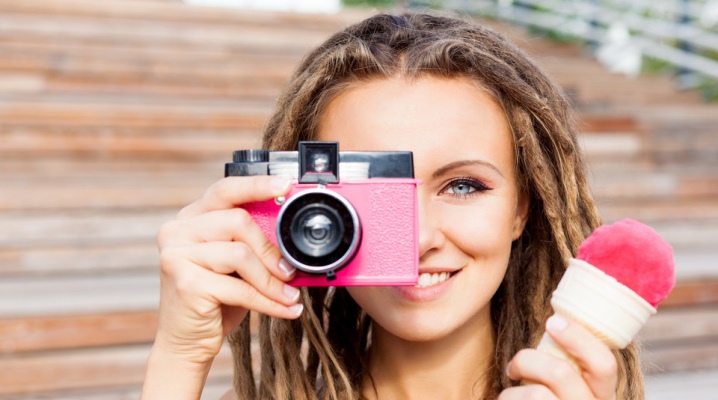
Portable technology has consistently increased its popularity. But the choice of camera must be carefully considered. It is necessary to know all the key features of compact cameras and their varieties, the main selection criteria and the most attractive models.
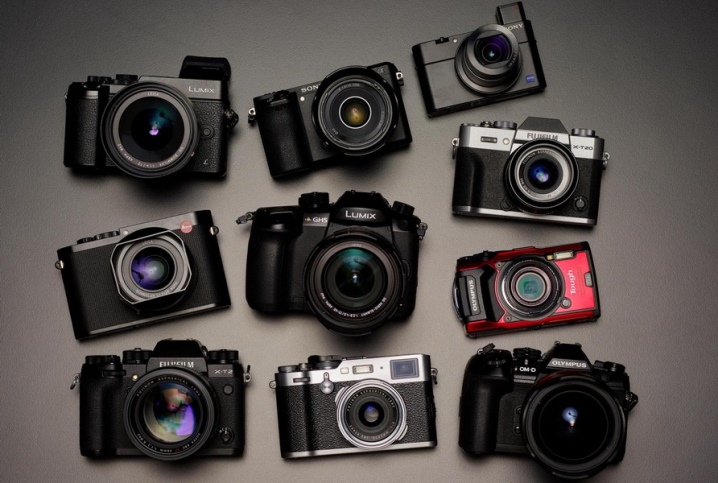
Peculiarities
Experts point out that compact cameras are those that are equipped with mostly non-replaceable optics. Mini-cameras fully justify their name - they differ in their small weight and medium-sized dimensions. A sensor for processing incoming light is rarely very sensitive. Optics are predominantly made of plastic rather than quality glass. Therefore, one cannot count on any outstanding characteristics.
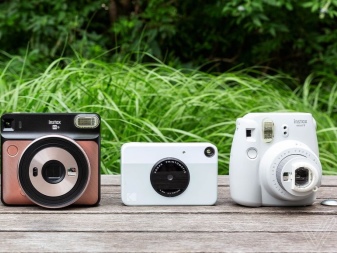
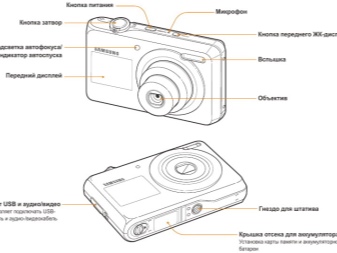
Most of the time, decent, flawless shots are taken in bright sunlight.
It is worth noting another characteristic problem - the low speed of photographing. When the camera is turned on, you will have to press the button for a few more seconds before it fully works. For reportage shooting, fixing solemn and simply important events, this is completely unacceptable. Photography professionals are also unlikely to be enthusiastic about this technique. One charge of the camera allows you to take no more than 200-250 pictures.


But do not assume that compact cameras represent one cluster of disadvantages. On the contrary, they are quite suitable for personal use. No complicated options and easy focusing allow you to take a picture with just one click of a button - and hardly anything else is needed by an ordinary person. By default, a number of shooting schemes are provided with ready-made optimal settings. Focal length correction is possible with almost any model.

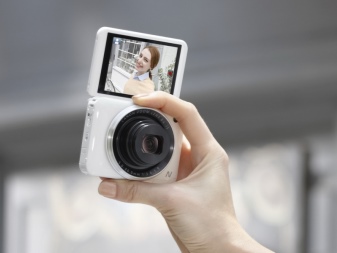
Species overview
"Soap dishes"
This type of camera is familiar to a huge number of people, if only by its name. Professional photographers initially disdained the appearance of such devices - but those days are long gone. There are two versions of the appearance of the word "soap dish". According to one of them, this is due to the low quality of photographs taken by early samples. On the other - with the features of the appearance and opening mechanism.
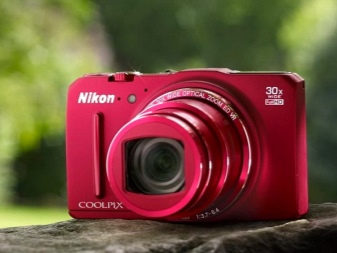
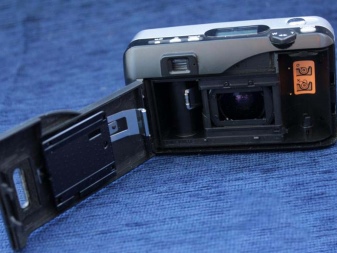
But today, claims to the quality of photographs no longer make sense. Modern "soap dishes" are often equipped with a large matrix. The frame is created directly through the lens using a complex set of mirrors. Advance digital processing is not practiced. Therefore, some "soap boxes" belong to the compact category rather conditionally, because a certain space must be allocated for the necessary optical and mechanical components.
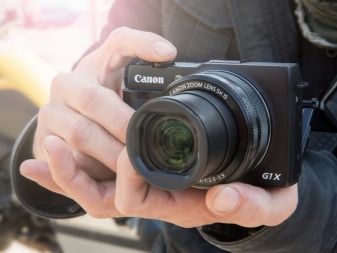
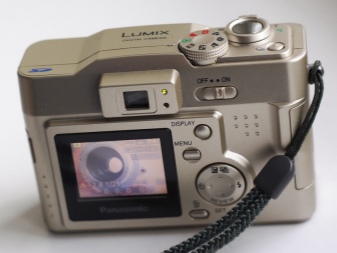
In general, we can say about the following properties of technology:
- lightness and cheapness;
- the presence of a built-in photo flash;
- the suitability of a number of models even for shooting video in HD quality;
- a decent level of macro photography;
- adjustment of many parameters in automatic mode;
- rather serious shutter lag (for a number of budget modifications);
- red-eye and flattening of faces when shooting with flash;
- a noticeable difference in photographs compared to those taken with good SLR cameras.

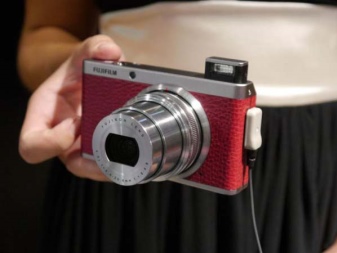
Simple digital
This is a more serious device, which is closer in a number of parameters to professional cameras. Even in a simple digital camera, there are matrices typical for smartphones of a much higher price range. If you are not stingy with the purchase, then you can purchase absolutely amazing equipment. Pictures taken with a phone, if displayed on a decent screen with a diagonal of 30 inches or more, are easy to distinguish from those taken with a digital camera.
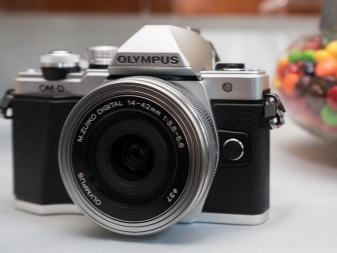
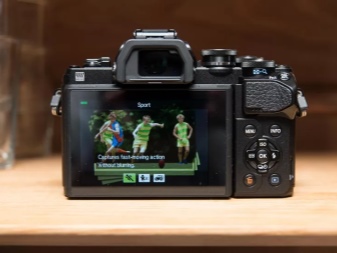
At the same time, a digital compact is lighter and more convenient than a SLR camera, more versatile than it.
Some models are supplied with interchangeable optics. This is the outlet for photography connoisseurs who cannot spend a lot of money on an elite professional model. However, there are also really professional mirrorless systems with a lens change. The top versions even have autofocus. If necessary, you can install a lens with aperture much higher than the default one.
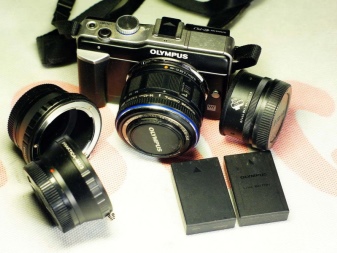
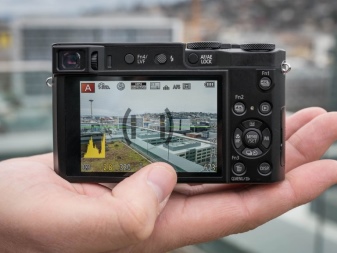
This circumstance is very beneficial when shooting in conditions of limited visibility. Photos will be brighter. You can shoot handheld at low shutter speeds in any light. It becomes possible to obtain artistic photographs even with an unsuitable background. The disadvantages of high-aperture lenses will be:
- increased price;
- poor suitability for reportage shooting;
- insufficient sharpness when shooting at the maximum values of the diagram.
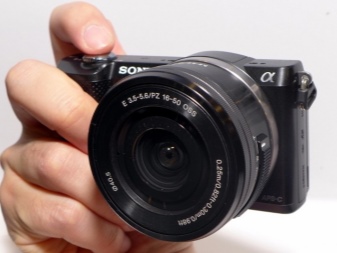
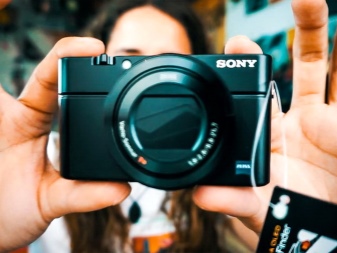
For beginners, modifications with a large optical zoom are preferable. Such models allow you to shoot sometimes no worse than experienced operators. A 30x magnification is sufficient for normal use. You should buy 50x zoom devices only when it is clear why they are actually needed. The higher the magnification, the easier and more convenient it is to shoot distant objects.
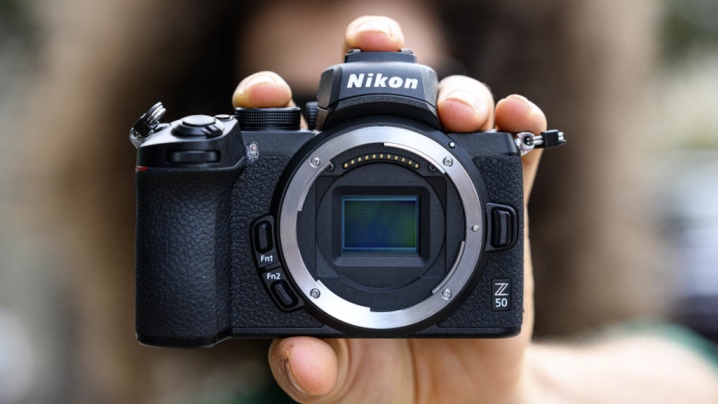
Besides models with superzoom are closer to the very ideal of compact and convenient technology... They make it possible to dispense with the use of entire sets of optics. It is worth dealing with the viewfinder of a compact camera. On digital compacts, it is usually made purely optical, which is quite convenient. However, there are also models with a rotary screen.
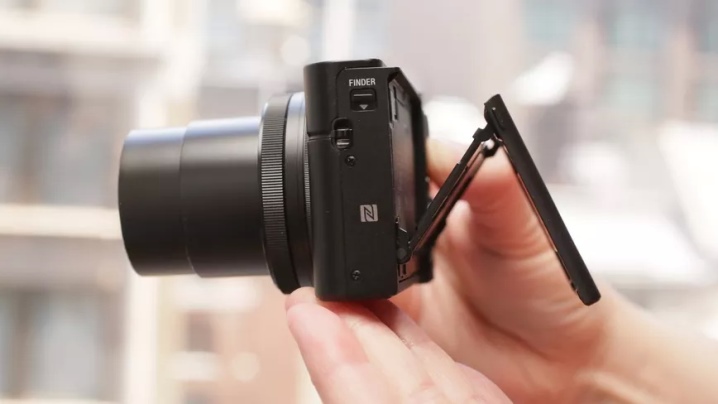
Wide-angle compact cameras deserve a separate analysis. Such devices are very popular among professionals. It should be borne in mind that the extra wide shooting angle results in "barrel" aberration. You can avoid problems if you set the task correctly when shooting.
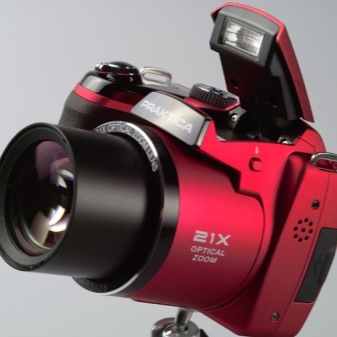
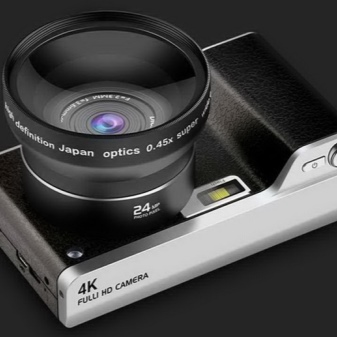
Important: Real pros use wide-angle cameras to get closer to the subject in order to capture it fully in the frame, in addition to maintaining a graceful background.
Popular models
Among miniature interchangeable-lens cameras, deserves attention Olympus OM-D E-M10 Mark II Kit... The manufacturer of this device is one of the global leaders in the production of optics. He abandoned the production of SLR cameras, and switched to creating digital "compacts". Experienced amateur photographers note that this model looks like "Zenith". However, appearances are deceiving, and quite modern filling is used here.
Image stabilization is performed both by optical and software. The display rotates for easy shooting from awkward positions. It should be noted that the battery capacity is very small.


You will have to take additional batteries on the road. This is offset to some extent by a decent autofocus.
An alternative can be considered Canon EOS M100 Kit... The camera can even be supplemented with solid bayonet lenses - but this will have to be done through an adapter. The sensor resolution is 24.2 megapixels. It is manufactured using proprietary dual pixel technology. Therefore, the speed of the autofocus will pleasantly surprise even sophisticated people.
The amateurish nature of the camera is found in the abundance of automatic modes. If necessary, you can do manual settings. The menu is the same as for mirror models. Thanks to the Wi-Fi module, it's easy to send the picture directly to the printer. Focusing takes place with one touch, but charging via USB is not possible.
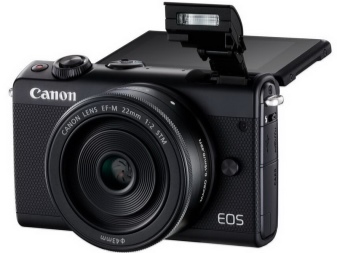

Those who can pay a substantial amount should buy a model with ultrazoom such as Sony Cyber-shot DSC-RX10M4... The designers have provided for equivalent focus distances from 24 to 600 mm. The Carl Zeiss lens also attracts attention. The matrix has a resolution of 20 megapixels, back illumination is provided. RAW continuous shooting up to 24 frames per second is possible.
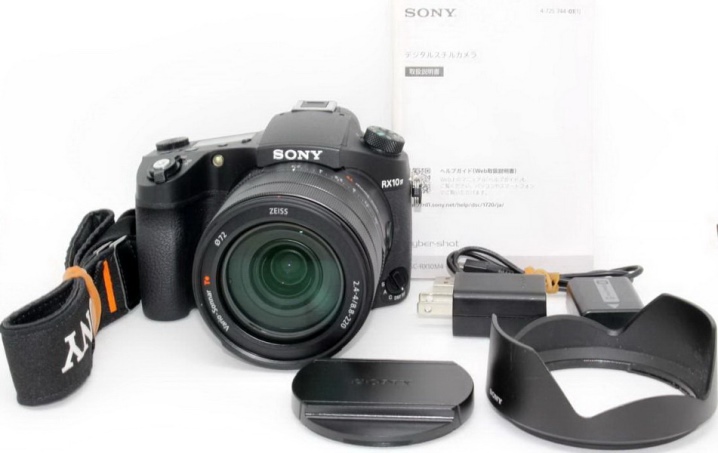
As a bonus the world's smallest camera worth considering... Back in 2015, a product of an American company was included in the Guinness Book of Records Hammacher Schlemmer... The camera is only 25 mm long. Therefore, taking pictures is possible only with great care.
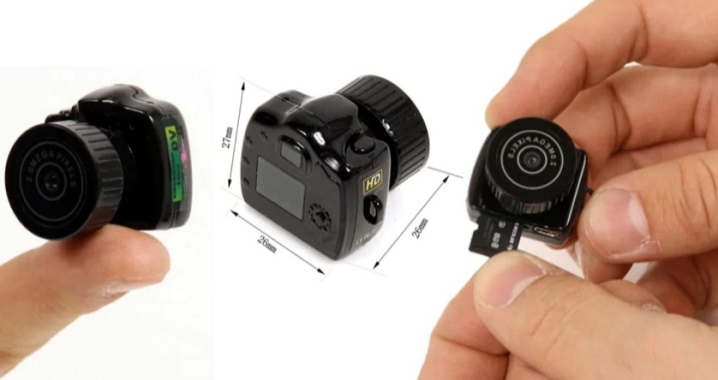
Despite the phenomenally small size, you can get a good photo and even a video, the cost is also pleasing.
But the overwhelming majority of amateur photographers prefer compact, but still larger models with protected cases. For example, Olympus Tough TG-4. The manufacturer claims that its development carries over:
- dive to 15 m;
- falling from a height of about 2 m;
- freeze up to - 10 degrees.
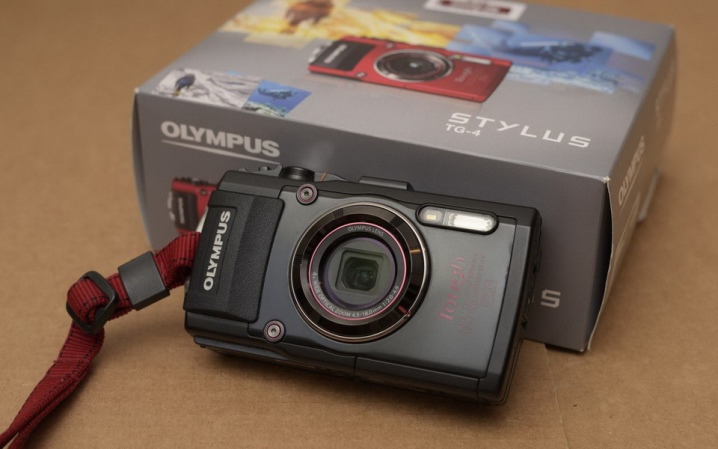
In terms of photo opportunities, there should also be no problems. A high-aperture lens with 4x magnification is provided. The CMOS type matrix provides a resolution of 16 megapixels. Video recording at 30 FPS in Full HD mode has also been implemented. Burst photography is carried out at the level of 5 frames per second. The mode switch is designed to work comfortably, even with gloves.
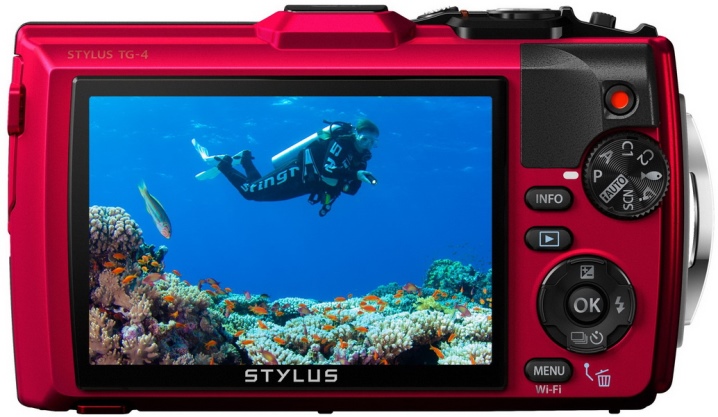
Lumix DMC-FT30 saves you money compared to the model just described. Moisture protection is designed for immersion only up to 8 m. Fall protection is valid up to 1.5 m. The resolution of the CCD format sensor reaches 16.1 megapixels. The lens, as in the previous case, has a 4x zoom in optical mode.
Thanks to stabilization, you don't have to worry about frame blur. There is a unique creative panorama mode. There is also a mode for underwater shooting. Burst photography is possible at up to 8 frames per second. The maximum video resolution is 1280x720, which is somewhat low for modern requirements, neither Wi-Fi nor GPS are provided.
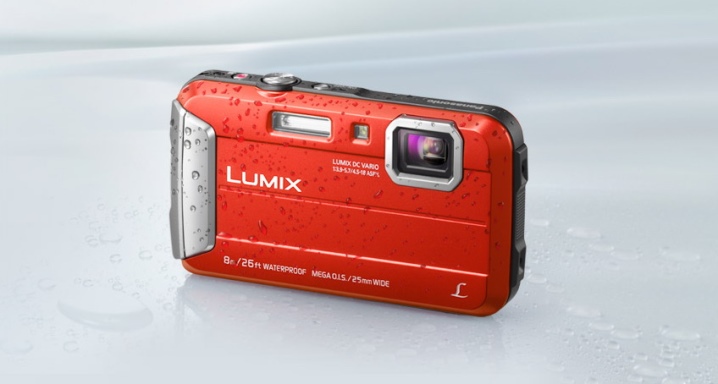
Nikon Coolpix W100 can also claim the title of a budget protected camera. 5 different colors are available to users. Behind the "parrot" appearance is a CMOS matrix with a resolution of 13.2 megapixels. A display with a diagonal of 2.7 inches is provided. You can save images only in JPEG format.
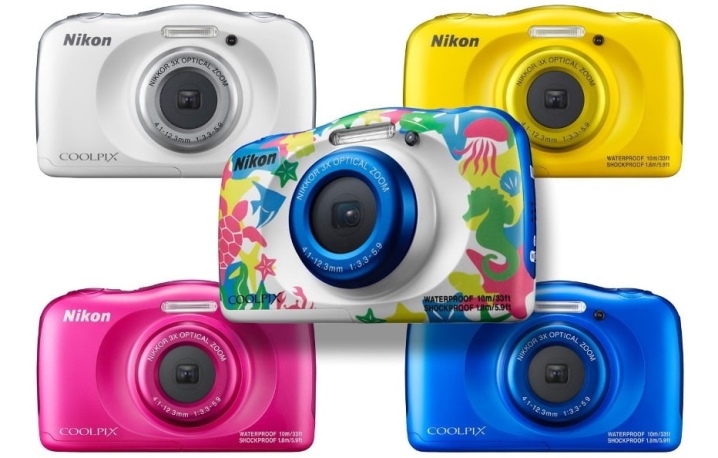
Criterias of choice
It is easy to see that the range of compact cameras is far from being exhausted by the above models. However, it is quite possible to choose the right device. The key attention should be paid to the matrix - which, oddly enough, many people ignore for some reason.

Everything is simple: the higher the resolution, the more effective the camera will ultimately be. Even in low visibility, fog or fast-moving subjects.
If funds are available, it is definitely worth giving preference to models with full-frame matrices. The small optical zoom is fully compensated by other excellent features. However, the type of matrix is also important. CCD was once a revelation, but now it is clear that such a solution only gives limitations to the video quality and strong optical noise in the photo. For any serious amateur photographer, only one option is possible - the CMOS matrix.
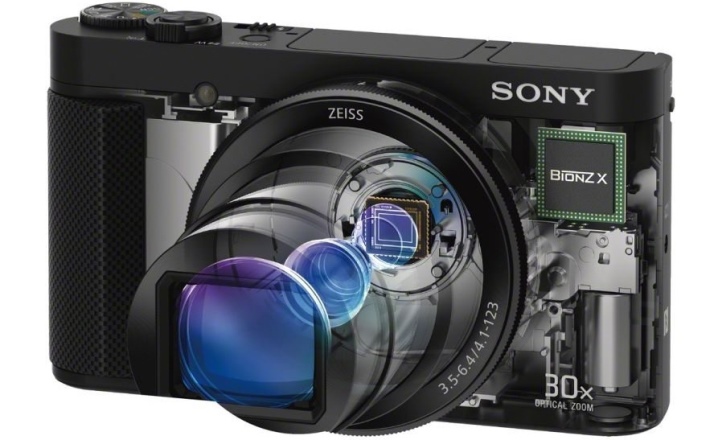
As for the lens, you shouldn't chase after unique models. It is better to choose a versatile product suitable for photography in a wide variety of conditions. Samples are optimal, in which the focal length can be changed as flexibly as possible. This allows you to solve the main practical tasks when shooting the most clearly. Possible imperfections of images are easily removed during post-processing.
Optical zoom is preferred over digital because it does not degrade image quality. The size of the LCD screen is also important. The larger it is, the more comfortable it will be for photographers. However, one must also take into account the technology of the display. The most practical option is AMOLED.
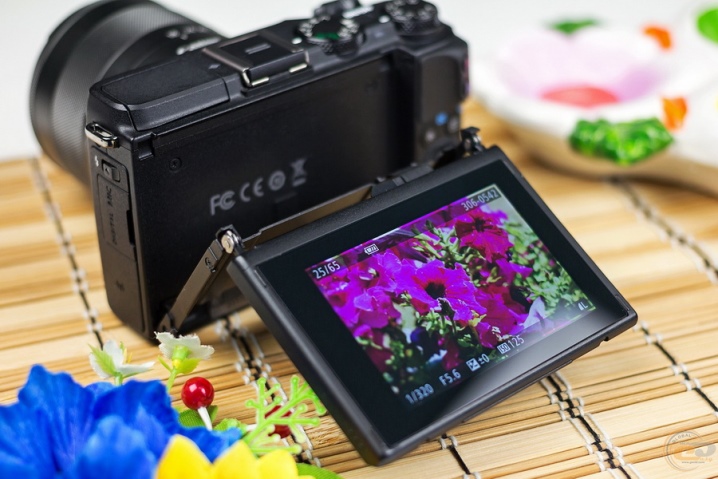
The choice of compact cameras for macro photography deserves special attention. In this case, the depth of field is critically important; the higher it is, the better the result. In models with non-interchangeable optics, it is desirable to use macro nozzles attached to the thread for light filters. But the focal length and aperture in the macro mode are not too significant.
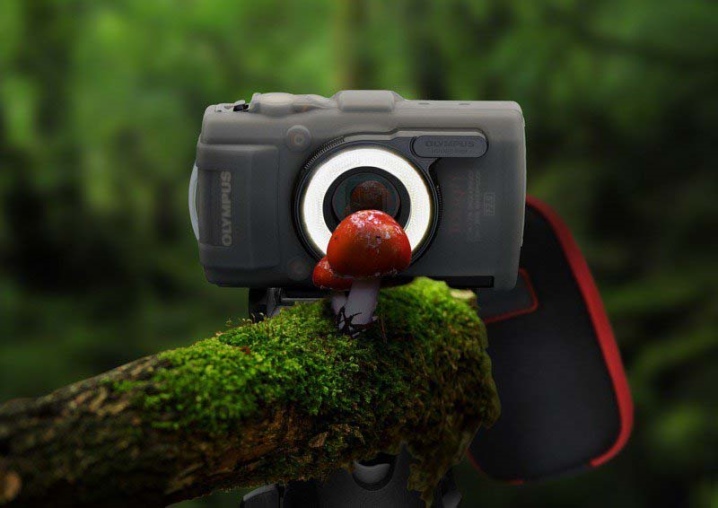
True, for studio macro photography, it is advised to take cameras with a high focal length.
For an overview of the best compact cameras, see the following video.













The comment was sent successfully.